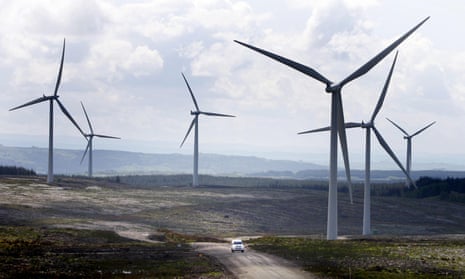“Repels tourists” can now be added to the long list of criticism levelled at onshore windfarms that has been shown to be unfounded.
A new report by consultancy BiGGAR Economics, which analysed the impact of Scottish windfarms on tourism-related employment in an area, this week concluded there was no evidence to suggest windfarms had an adverse effect on tourism in an area.
The potential impact on tourism is a common consideration during the planning process and as such the study set out to see if the impact could be quantified.
It analysed the level of windfarm installations and the level of employment in tourism in Scotland between 2009 and 2013 at both a national and a local level.
The study found that at the national level the number of wind turbines in Scotland increased by 121% over the period, while tourism-related employment rose by 10.8%.
However, the report found the distribution of both windfarms and tourism jobs varied significantly across the country so it also looked at the impact on tourism employment in areas with a higher proportion of wind turbines.
It concluded there was “no clear relationship between the growth in the onshore wind sector and growth in the tourism sector”.
“Areas such as Aberdeenshire have seen a larger level of growth in the number of wind turbines installed and at the same time have also seen a greater increase in the level of tourism employment,” BiGGAR Economics said. “Some of the local authorities with the greatest growth in tourism employment also saw the greatest rise in onshore wind installations. However there is no overall relationship between the two factors.”
The report also looked at tourism employment in the immediate locality of 18 windfarms across Scotland that have been built since 2009. “This found that the there was a significant variation between sites and there was no overall relationship between the development of wind energy and tourism employment in an area,” the company said. “In fact, in the majority of cases the level of tourism employment increased more in the immediate area surrounding a windfarm than in the wider local authority area.”
The results of the report, which echo similar studies largely debunking the alleged impact of windfarms on health and house prices, were welcomed by WWF Scotland director Lang Banks.
“Hopefully this latest research will finally put to bed the myth that windfarms have a negative impact on tourism jobs,” he said. “In fact the reality is that in some cases windfarms have themselves become tourist attractions.”

Comments (…)
Sign in or create your Guardian account to join the discussion